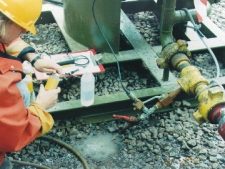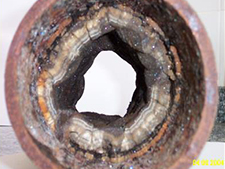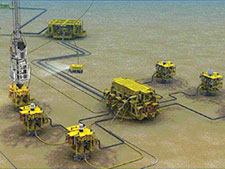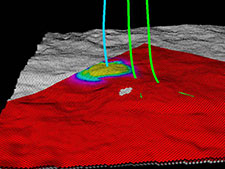Benefits
- Identification and quantification of scaling risks during development planning.
- Aids selection of injection water.
- Helps explain the unexpected occurrence of scale on producing fields.
Background
Deposition of scale adjacent to injection and production wells, within production wells and flow lines, and in surface facilities is often the result of mixing of incompatible waters and/or changes in fluid pressures and temperatures.
For new developments, scale predictions are useful in that they identify and quantify scale risks upon which scale management plans can be based. For example, they can be used to identify scaling risks associated with production of formation water, commingled formation waters or mixtures of formation water and injection water. They can also aid the selection of injection water (e.g. seawater, low sulphate seawater, produced water) by demonstrating the production well scale risk arising from each.
For fields already under production, scale predictions can also be undertaken to investigate the causes of unexpected scale deposition. This information can then be used to aid development of scale monitoring and mitigation plans.
We provide scale predictions for our Clients and use established oilfield scale prediction software (MultiScale and/or ScaleChem). For each study we carefully evaluate the conditions which need to be simulated and the compositions of water that are to be used to ensure that the simulations are suitable for the field conditions. Where appropriate, allowance is made for reactions occurring in the reservoir. This can be important because reservoir reactions can reduce the scaling risks in production wells. By not considering these reactions, scaling risks can often be exaggerated.
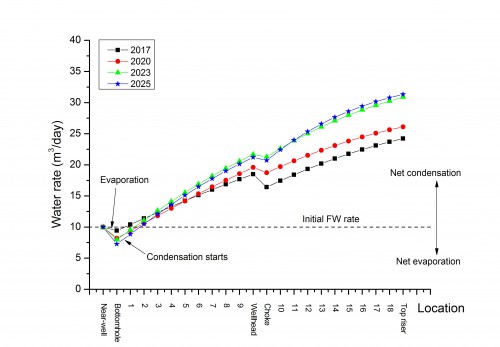
Predicted produced water rates at low formation water rates in a gas well
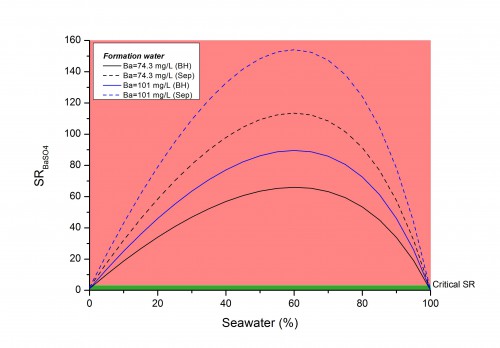
Predicted BaSO4 saturation ratio for Well B at different seawater fractions and formation water Ba concentrations
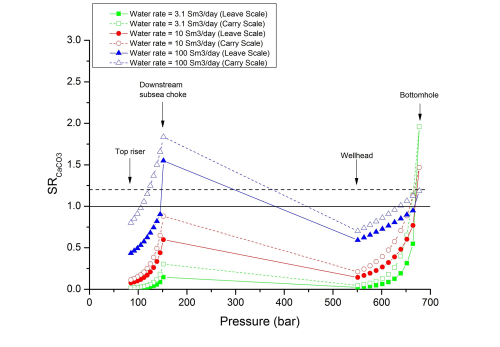
Predicted CaCO3 saturation ratio for Well A at different produced formation water rates


